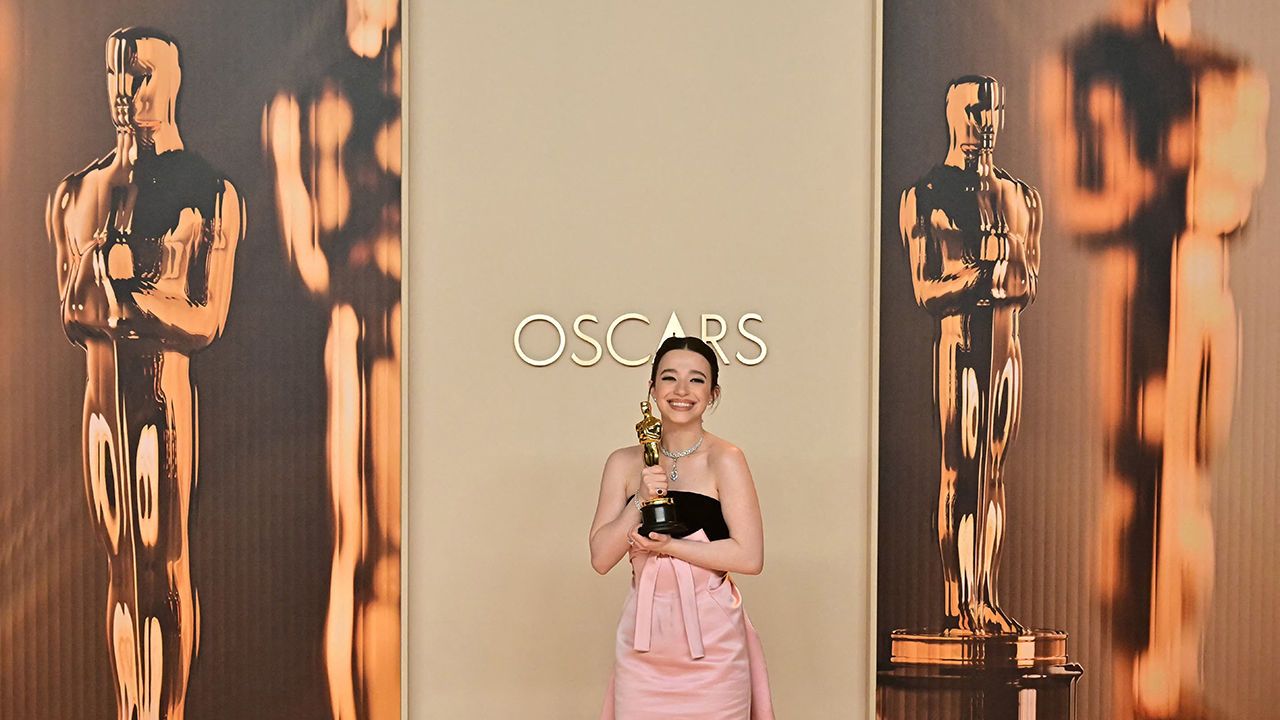Jane Eyre, like many people, is at her best alone
“The more friendless, the more unsustained I am,” says Charlotte Brontë’s heroine, “the more I will respect myself”

ONE OF THE great thrills of reading is encountering a situation that is familiar in feeling yet alien in context. So it is on reaching chapter nine of “Jane Eyre”, in which the narrator, a malnourished orphan in a grim Victorian charity school, describes how life is upended by a typhus epidemic. Liberated from the classroom, she is left to her own company and the outdoors, as millions of others have been in the age of covid-19. The school is set in glorious countryside, and it is May: “All this I enjoyed often and fully, free, unwatched, and almost alone.”
This article appeared in the Culture section of the print edition under the headline “Rereading “Jane Eyre””
Culture
June 6th 2020- For Alexander Pushkin, lockdown was liberating
- Are humans innately good? Rutger Bregman thinks so
- The first big art show of the covid era is a vision of the future
- For Hayao Miyazaki, flight is a metaphor for freedom
- Jane Eyre, like many people, is at her best alone
- The family unit has shaped people’s experience of covid-19

From the June 6th 2020 edition
Discover stories from this section and more in the list of contents
Explore the edition
Meghan Markle’s new Netflix show is out of touch with the times
In it she positions herself as an elite Martha Stewart

This year’s Oscars were notably apolitical
Hollywood has ditched resistance in favour of toeing the line

AI unleashes a weird new genre of political communication
Donald Trump’s Gaza video offers a taste of what is to come
Why are live albums back in fashion?
Hitmakers including Niall Horan, Dua Lipa and Ed Sheeran have released them
Caviar is the internet’s favourite indulgence
Russian tsars loved it. Now TikTok does, too
Finding meaning in people’s first words—and their last
Why there is less significance than society would have you believe








